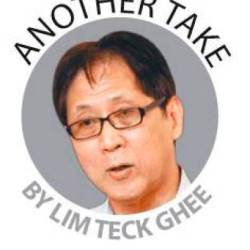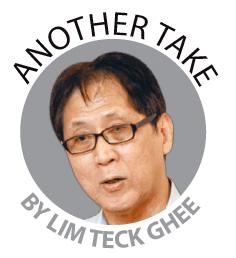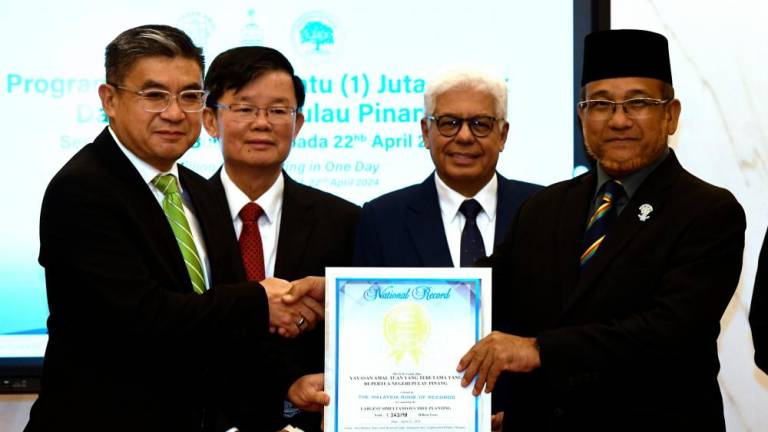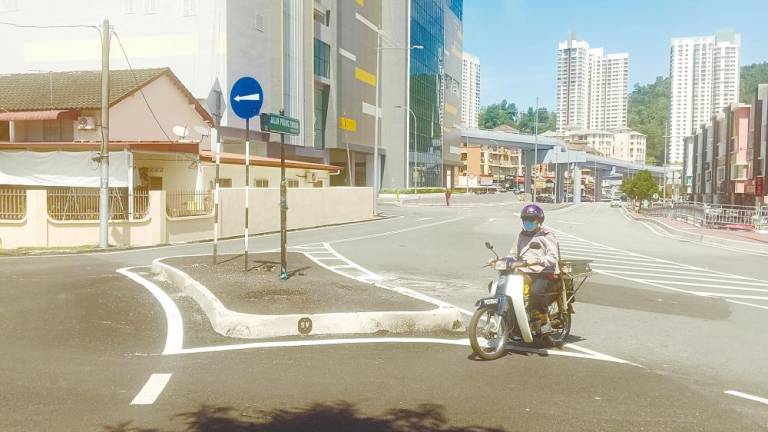In the 1960s the bumiputra term and the bumiputra/non-bumiputra dichotomy construct emerged as political constructs and subsequently metamorphosed into policy constructs.
Not only have the constructs remained unchallenged but they have become enduring “truths” conditioning the thinking and impacting the lives of an entire generation of Malaysians.
The initial raison d’etre behind the construct by the nation’s political and policy leadership was to create a new political taxonomy to manage and control the political-administrative working and socio-economic development of the country and to prioritise Malay interests.
Evidence indicates that this strategy has succeeded in many respects.
As planned, the main beneficiary of the bumiputra construct has been the Malay community.
Whilst the majority of gains have accrued to the Malay upper and middle class, the Malay bottom 40% and rural poor have received a substantial share of the benefits in one form or another from access to their bumiputra status.
Indicators of economic and occupational restructuring and wealth and income distribution reveal remarkable and sustained advances especially for the elite and middle class of the Malay community during the last 30 years.
Especially notable are Malay gains in corporate wealth, higher education and share of professional employment with NEP (national economic policy) ethnic targets for the community established in the Malaysia Plans achieved or surpassed since the early 90s.
What has also happened since has been the comprehensive extension of the bumiputra policy construct to other aspects of life beyond the original targeted goals.
Because of racial imbalance in the civil service, especially in the higher ranking positions, the bumiputra construct, and its accompanying bumiputra/non-bumiputra dichotomy, have become the de facto and de jure factor used to determine and measure outcomes in whichever policy sector or area of development it has been applied to.
This evolution clearly has had implications well beyond the original expectations when the construct was first developed.
Alternatives to the bumiputra construct
Today more than 30 years after the end of the NEP, a national discourse on the bumiputra construct is overdue to strengthen the nation’s unity, social cohesion and shared sense of belonging.
Such a discourse can be used to emphasise to the younger generation of Malaysians that the playing field in the nation is being reset to eliminate whatever unjustifiable selective policies that have accompanied the application of the construct.
The substantive direction which this discourse may follow can be informed by these two recent comments on the related subject of national unity:
Prime Minister Tan Sri Muhyiddin Yassin in launching speech of the National Unity Policy and National Unity Blueprint 2021-2030 on Feb 15
“Unity is the ardent wish of every country in this world. Malaysia’s image as a country of various ethnicities, religions and cultures is always an example of the united country. Even though we have differences, competition and conflicts, our long existent social unity in our society has kept our unity intact to this day that many other countries want to learn from us.
Sultan Ibrahim Ibni Almarhum Sultan Iskandar in an interview in conjunction with Chinese New Year
“They are not pendatang. They were invited to Johor to cultivate our plantations. My forefathers understood the needs of our Chinese guests and they helped to cultivate our plantations.
“Let no one in Johor describe the Chinese as pendatang. They helped to build our economy and they have become Malaysians. They are just as Malaysian as everyone else.
“They are Bangsa Johor, like the Malays and Indians and others.”
What will be useful in the national discourse will be the feedback from the opinion leaders in our society.
These include the various think tanks including those from the universities, political parties, professional bodies, civil society organisations and business organisations.
All of them have been silent or tight-lipped on the subject.
However, this reticence should now be discarded in view of the current government’s commitment to national unity and the call from many sectors of the citizenry for policy reform that can enable the nation to face new and old challenges.
Lim Teck Ghee’s Another Take is aimed at demystifying social orthodoxy. Comments: letters@thesundaily.com














